It is winter in Ukraine. The ground is frozen and hard. Groups of soldiers on both sides struggle in the cold. The Ukrainians insist they have one advantage over the Russians: their soldiers, unlike mobilised Russian troops, have some effective winter clothing.
Traditionally, armies stop moving in winter. They hunker down. It’s less true in Ukraine, where winter does not mean paralysis for civilian or army life. But in much of the country, the frontline does appear frozen – figuratively and literally. But winter ends quickly, especially in wartime.
Western intelligence agencies believe that a new Russian offensive is in the offing. They say a new attack will begin in either early spring or, possibly, at the tail end of the winter.
Perhaps there will be a new wave of mobilisation. The Russian military is theoretically supposed to grow to 1.5 million troops over an undisclosed period of time – although the immediate relevance this would have on the ground in Ukraine is unclear.
Ukraine’s requests for tanks and armoured fighting vehicles are not illogical or spoilt: they are of the greatest importance
It would be the work of one speech by the Russian president to begin a new wave of mobilisation. He could send the recruiters stalking once again through Russia’s villages and towns, appropriating spare men, young and old.
William Burns, the director of the CIA, travelled to Kyiv to make this very point in the past week. The Ukrainians already knew, of course. That’s why they have been so insistent that friendly nations give them more and better equipment: equipment designed, not only to absorb the weight of new attacks, but to allow the Ukrainians to repel them and to start counter-offensives of their own.
They have repeatedly asked for American rockets capable of covering the whole territory of Ukraine itself – parts of which, occupied by Russia, are still out of reach of Ukrainian munitions. This is immensely frustrating for Ukrainian planners, who know that within their own borders, Russian troop concentrations that their current weapons cannot strike are likely massing.
Similarly, their requests for main battle tanks and armoured fighting vehicles are not illogical or spoilt: they are of the greatest importance. Ukraine has fought Russia to a standstill and inflicted defeat after defeat with relatively old armoured vehicles, the reserve Cold War era kit which was sitting mothballed across Europe. Lack of the best weaponry and armour has dragged the war out.
During the Kharkiv offensive of late last year, the Ukrainians surprised not only the Americans but themselves. An entire Russian front disintegrated, the Russian occupiers fled in large numbers, chaos reigned. In order to sustain the battle, Ukrainians were pushed into making dangerous advances in donated Humvees (little more than armoured 4×4s, vehicles deemed unsuitable for Afghanistan, let alone fit for service in major inter-state wars).
They still gained ground, but at immense and unacceptable risk. The lack of infantry fighting vehicles and Nato-standard main battle tanks really showed in that advance. What could have been a headlong Russian rout was merely an impressive Ukrainian victory.
Ukrainian frustration is well-directed. Nato countries have, for almost a year, said that their equipment was simply too difficult for Ukrainians to learn to use and to sustain. This was always an offensive lie, and is even more so now that Ukrainian fighters have become so experienced and shown such ability and willing.
But if we take the American, German and other countries’ estimates of their own materiel at face value, even weaponry donated now – right now – will not be ready for use for months. If attacked by a new advance from Russia in a month or two, Ukrainian defenders, who could have begun the spring in possession of some of the best hardware available, may find themselves losing the technological edge and needlessly losing ground as a result.
Britain has pledged a squadron of Challenger 2 tanks. This is an economical move, not least because quite a few of our Challenger 2s, which will not be upgraded to the Challenger 3 model, are going to look increasingly long in the tooth as the decade goes on and will likely be scrapped as a result.
But fourteen tanks are not a hundred. Nor are they a thousand – and that is what is really needed. There are thousands of Leopard 2 tanks, of a similar vintage to the Challenger, in Europe. They will soon have to be replaced or upgraded. The fact that they have not found their way across the Polish-Ukrainian border already – licitly or by apparent accident – is maddening enough.
But that the German government has repeatedly denied Ukrainian requests for Leopards operated by anyone – not just Germany – is a disgrace. A disgrace the chancellor, Olaf Scholz, will never live down.
Nato countries have tried to reach agreement. They have made pledges and convened summits. Still nothing from the Germans. Until the weekend.
The German foreign minister, Annalena Baerbock (whom many, including a good number of Ukrainians and I, would rather were chancellor) has indicated that, if Poland wished to send their Leopards, the Germans would not stand in their way.
Is this a real change in policy? Who knows. It might yet be good news. But if the machines are as complex and intractable as the Germans keep insisting they are, it’s possible they may yet arrive too late.
Ukrainian blood speckles a lot of hands, most of them Russian and Iranian. But the Nato powers need to understand that by starving Ukraine of weapons and armour they bear blame themselves. They have materially cost thousands of Ukrainian lives, made this genocidal war worse and more protracted, and possibly most set the country that they claim to admire up to fail.
Got something to add? Join the discussion and comment below.
Get 10 issues for just $10
Subscribe to The Spectator Australia today for the next 10 magazine issues, plus full online access, for just $10.

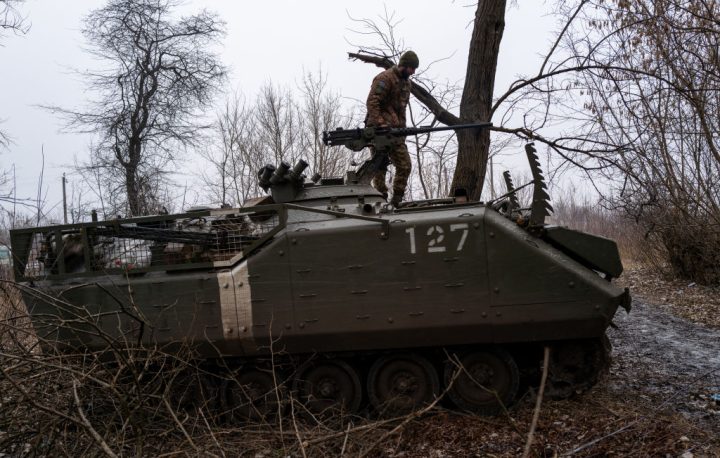
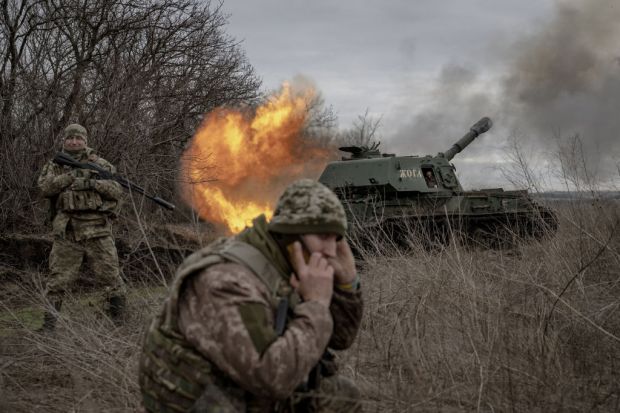
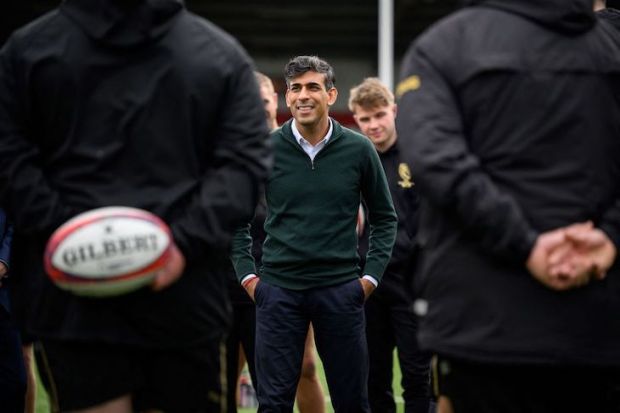
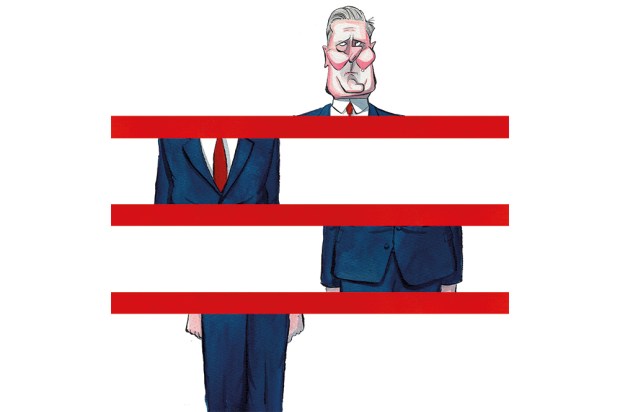


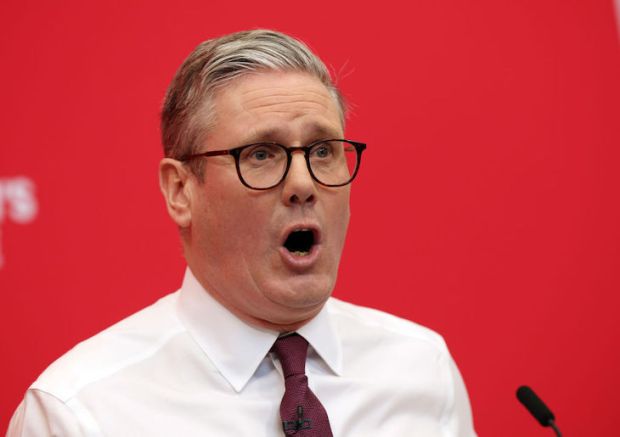












Comments
Don't miss out
Join the conversation with other Spectator Australia readers. Subscribe to leave a comment.
SUBSCRIBEAlready a subscriber? Log in